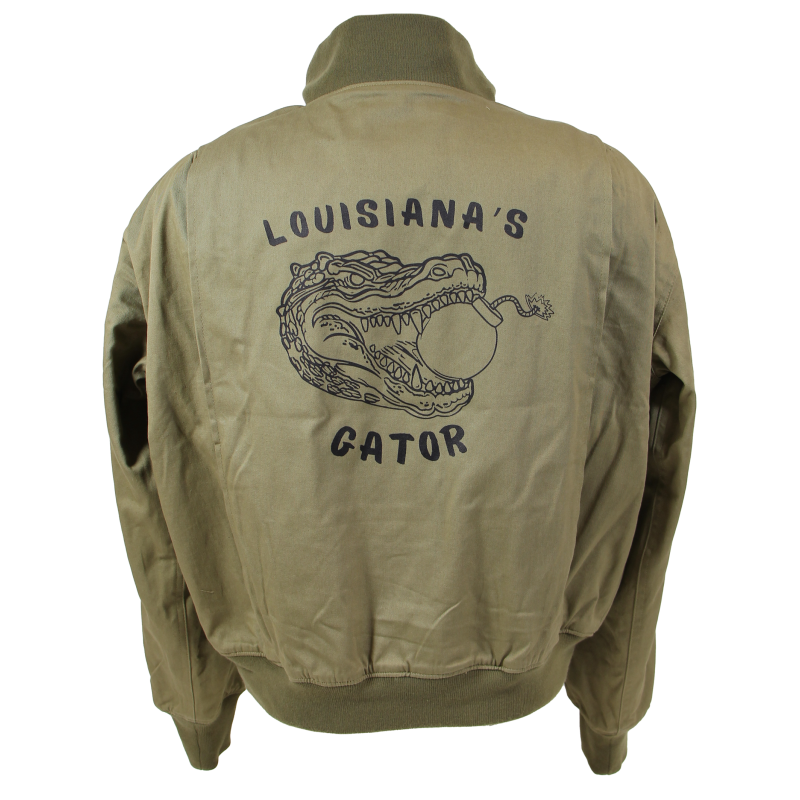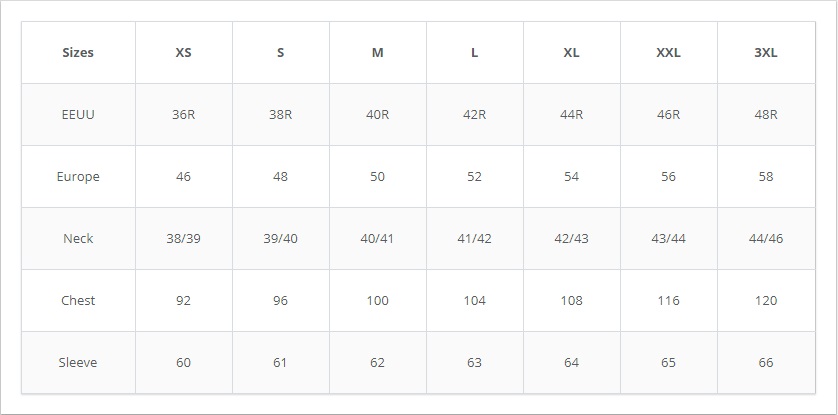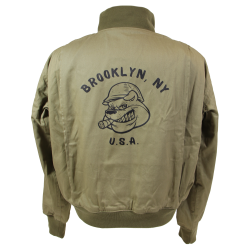







High quality reproduction of the U.S. Army Winter Combat Jacket. Made from olive drab #3 cotton twill and lined with brown kersey wool, this "tanker" jacket has a full-length zipper on the front, knit collar, cuffs and waistband.
Features an original drawing on the back.

Although these garments were designed for armored vehicle crews, troops in all branches of the service endeavored to acquire them.
Europe was cold and wet, and this uniform was far superior to the fair-weather M41 Field Jacket. The jackets were particularly popular and many were obtained by "alternative means" by infantrymen, artillerymen and yes, even paratroopers. Thus, it is historically correct for nearly any member of the US Armed Forces to wear Winter Combat Uniforms or components thereof.
You might also like

High quality reproduction of the U.S. Army Winter Combat Jacket. Made from olive drab #3 cotton twill and lined with brown kersey wool, this "tanker" jacket has a full-length zipper on the front, knit collar, cuffs and waistband.
Features an original drawing on the back.

The historical artifacts for sale at PARATROOPER’s are intended for collectors, history enthusiasts, historians and museum curators.
These items do not glorify or promote any of the political, ideological or racial opinions related to the global conflicts that bathed the 20th century in blood.
Besides, we remind you that Article R.645-1 of the French Penal Code establishes fines applicable to fifth class contraventions (except in the specific cases of a filming, show or exhibition which refer to historical events) for any individual who wears a uniform, insignia or symbol reminiscent of those worn by members of the various organizations declared criminal in application of Article 9 of the Charter of the International Military Tribunal annexed to the London Agreement of August 8, 1945 – SS, SD, Gestapo, Nazi leaders (the Führer, the Reichsleitung, the Gauleiters and their main collaborators, the Ortsgruppenleiter, the Zellenleiter and the Blockleiter), or reminiscent of those worn by any person found guilty, by a French or International Jurisdiction, of one or several crimes against humanity established by Articles 211-1 to 212-3 or mentioned in Law No. 64-1326 of December 26, 1964.
The Code provides additional penalties, including the confiscation of the items used or intended for committing the offence.


